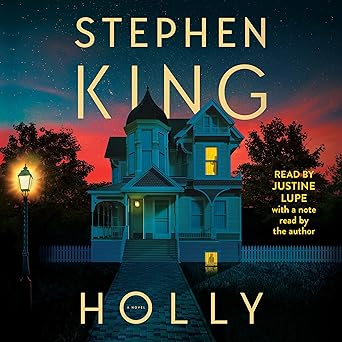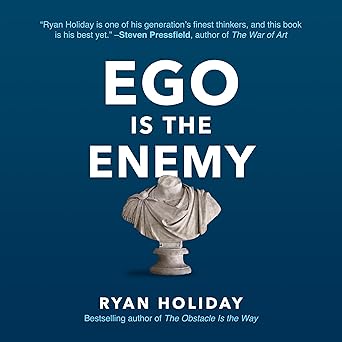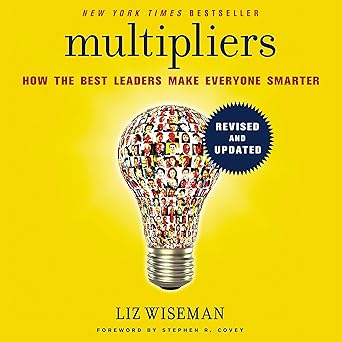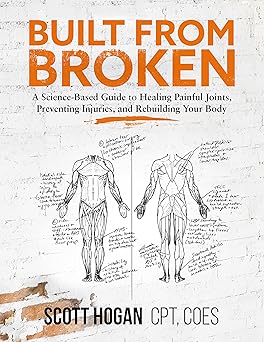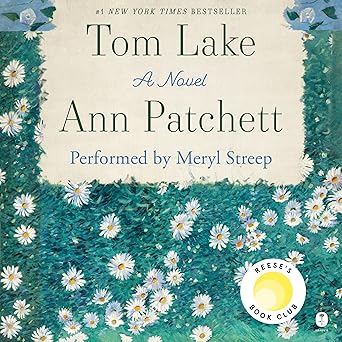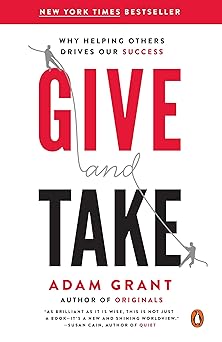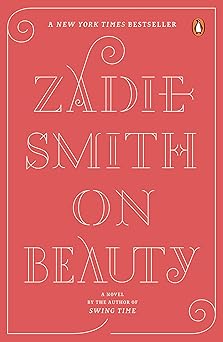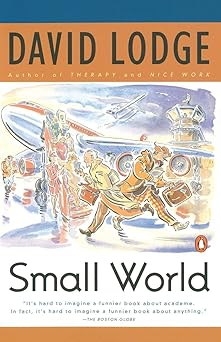
It's wonderful to share this story with you all. It follows a group of academics – Philip, Morris, Persse, and Angelica – as their lives are upended by a surprising opportunity. They’s all professors, each with their own personality and quirks. Philip, a lecturer, finds himself suddenly and unexpectedly invited to spend a year at a prestigious American university. It’s a huge deal, a chance to advance his career and see the world. But this opportunity isn’t just about a job; it’s a doorway to a life of travel and excitement, a stark contrast to the usual routine of lectures and papers. The story really shines a light on the unusual world of universities, where ambition and personal desires often collide. It's funny to see how their professional lives are intertwined with their personal relationships, sometimes causing hilarious and sometimes awkward situations. The initial excitement of jetting off to a new country is palpable. We feel their thrill as they experience new cultures, taste exotic foods, and imagine all the possibilities that lie ahead. It's an experience many of us can relate to, that feeling of wanting a change and chasing something bigger than ourselves. The details of their travel are vivid and engaging, painting a picture of a glamorous and fast-paced world, so different from the quiet classrooms they’ve left behind. The narrative really allows us to step into their shoes, feeling their anticipation, their occasional anxieties, and the strange mix of exhilaration and disorientation that comes with being far from home and surrounded by the unfamiliar. It's about more than just seeing new places; it's about the chance for a fresh start, a new identity, and the potential for romance, even if it’s complicated.
The story quickly reveals that this journey isn't just about the excitement of travel. As they settle into their new lives, the complexities of relationships and ambition begin to surface. There’s a sense of underlying tension, a feeling that things aren't always as glamorous as they seem. Each character is grappling with their own insecurities and desires, and their interactions are often fraught with misunderstandings and hidden agendas. It’s fascinating to observe how their personalities clash and how their attempts to navigate this new world lead to unexpected consequences. The narrative masterfully balances humor and pathos, allowing us to laugh at their foibles while also feeling empathy for their vulnerabilities. We see them struggle with feelings of isolation, culture shock, and the pressure to succeed. It's a reminder that even in a world of jet travel and exciting opportunities, people are still people, with all their flaws and imperfections. The dynamics between Philip, Morris, Persse, and Angelica are particularly engaging, as their relationships evolve and shift in unexpected ways. Their interactions reveal hidden resentments, unspoken desires, and a constant need for validation. It’s a microcosm of the larger academic world, where competition and ambition often overshadow genuine connection. The story subtly explores themes of identity, belonging, and the pursuit of happiness, reminding us that true fulfillment often lies beyond the superficial trappings of success.
Ultimately, this is a story about the human condition, about our longing for connection and our pursuit of something more. It's a chance to see familiar struggles played out on a grand scale, against a backdrop of exotic landscapes and exciting opportunities. The narrative invites us to reflect on our own lives, our own ambitions, and the choices we make in pursuit of happiness. There’s a bittersweet quality to the story, a sense that even as we chase our dreams, we must also acknowledge the sacrifices we make along the way. It’s a reminder that true happiness isn’t always found in the pursuit of external validation, but in the simple act of connecting with others and finding meaning in our experiences. The ending, while perhaps not entirely conclusive, leaves us with a sense of hope and the possibility of new beginnings, even after the journey has come to an end. It’s a story that will stay with you long after you’ve turned the final page.
It's a lovely feeling to share stories, and this one really touched me. It follows a group of professors – each with their own way of being – as they’re given a surprising chance. One of them, a lecturer, is invited to spend a year at a well-known university in America. It’s a big deal for him, a real chance to move forward in his career and see the world. But it’s more than just a job; it opens up a life filled with travel and adventure, a big change from the usual routine of teaching and writing. The story shows us a different look at the world of universities, where people’s desire to succeed and what they want in life often bump into each other. It's funny to see how their work lives are mixed up with their relationships, which sometimes leads to laughter and sometimes to awkward moments. When they first hear about going to a new country, you can feel their excitement. It's an experience many of us can relate to, that feeling of wanting a change and reaching for something bigger than ourselves. The details of their travel are described so well, painting a picture of a fancy and fast-paced world, so different from the quiet classrooms they're used to. The story really pulls you into their shoes, making you feel their anticipation, their worries, and that strange mix of feeling excited and a little lost when you’re far from home and surrounded by new things. It's about more than just seeing new places; it’s a chance for a fresh start, a new way of seeing yourself, and the possibility of romance, even if it's complicated. I remember once, feeling trapped in a job I didn’t love, and the idea of just leaving and starting over felt so powerful. This story captured that longing so beautifully.
As they settle in, the story reveals that this journey is about more than just excitement. The challenges of relationships and wanting to succeed start to show. There's a feeling that things aren't always as wonderful as they seem. Each person is struggling with their own worries and desires, and how they interact often leads to misunderstandings and hidden intentions. It’s fascinating to watch their personalities clash and how their attempts to figure out this new world lead to unexpected results. The story balances humor and sadness, allowing us to laugh at their mistakes while also feeling sorry for their weaknesses. We see them deal with feelings of loneliness, feeling out of place, and the pressure to do well. It’s a reminder that even in a world of fancy travel and exciting opportunities, people are still people, with all their faults. The way Philip, Morris, Persse, and Angelica relate to each other is especially interesting, as their relationships change in unexpected ways. Their interactions show hidden resentments, things they want but don’t say, and a constant need to feel good about themselves. It’s a small example of the larger world of academics, where competition and wanting to succeed often overshadow genuine friendship. The story quietly explores ideas about who we are, where we belong, and how to be happy, reminding us that true happiness often isn't found in the things we buy or the status we achieve, but in connecting with others.
Ultimately, this is a story about what it means to be human – our desire to connect and our search for something more. It’s a chance to see familiar struggles played out on a grand scale, set against a backdrop of beautiful places and exciting opportunities. The story encourages us to think about our own lives, our own goals, and the choices we make as we try to find happiness. There's a bittersweet feeling to the story, a sense that even as we chase our dreams, we need to remember the things we give up along the way. It’s a reminder that true happiness isn’t always about getting what you want from the world, but about finding meaning in your experiences and connecting with those around you. The ending, while not perfectly wrapped up, leaves you feeling hopeful and open to new possibilities, even after the journey has ended. It's a story that lingers in your mind long after you’re finished reading.
Rating: 5.0 / 5.0
It's a lovely story about a group of professors who are given a surprising opportunity. One of them, a lecturer, gets invited to spend a year at a famous American university. This is a big deal for him, a chance to move forward in his career and see the world. The story shows us a different side of the academic world, where ambition and what people want in life often clash. It’s funny to see how their work and relationships get mixed up, sometimes leading to laughter and sometimes to awkward moments. We feel their excitement as they imagine traveling to a new country – that feeling of wanting change and reaching for something bigger is something many of us can relate to. As they settle in, the story reveals that this journey is about more than just excitement; it explores the challenges of relationships and the pressure to succeed. Ultimately, it’s a story about being human – our desire to connect and our search for something more. It’s a story that will stay with you long after you finish reading, leaving you with a sense of hope and the possibility of new beginnings.
